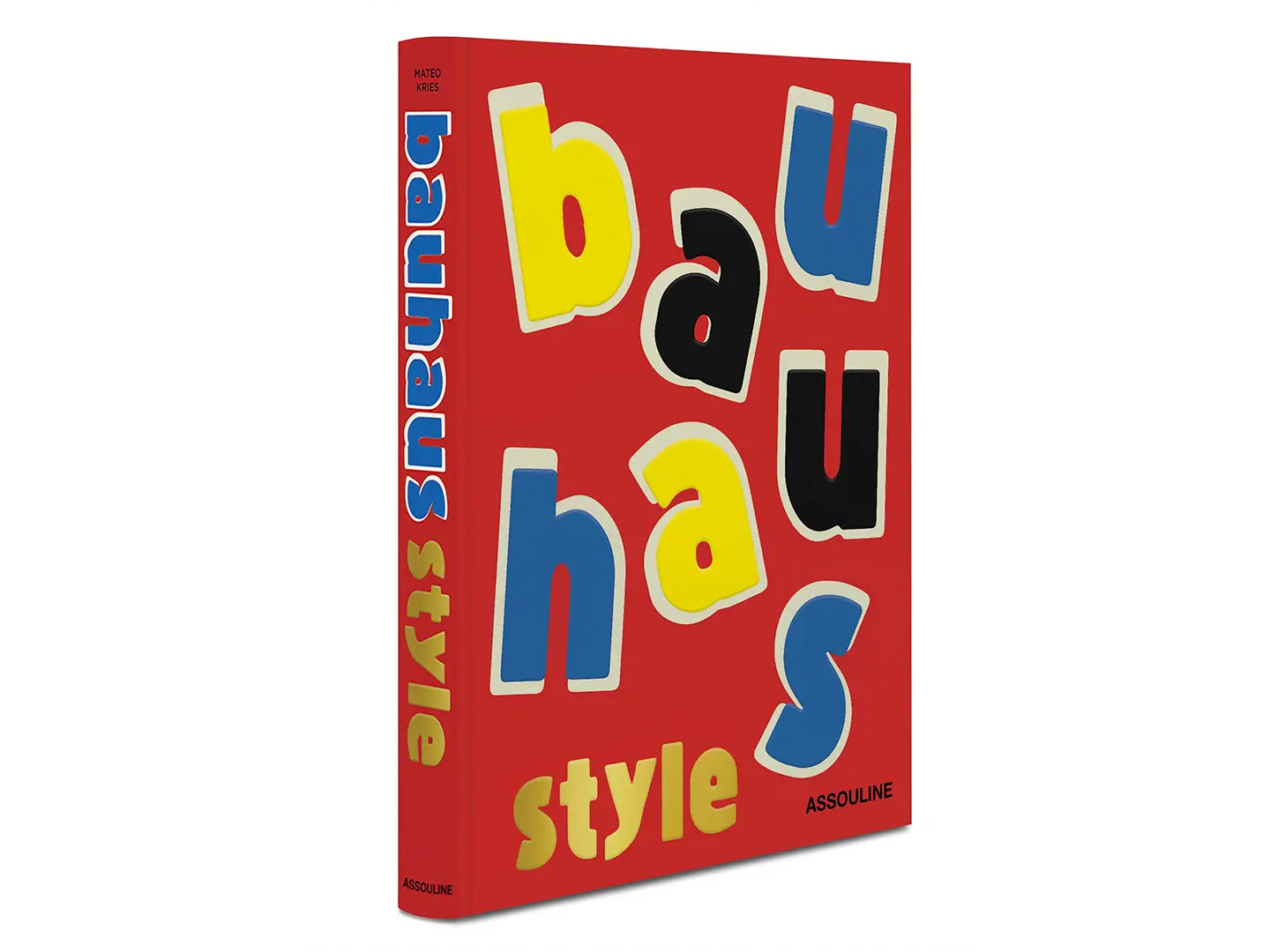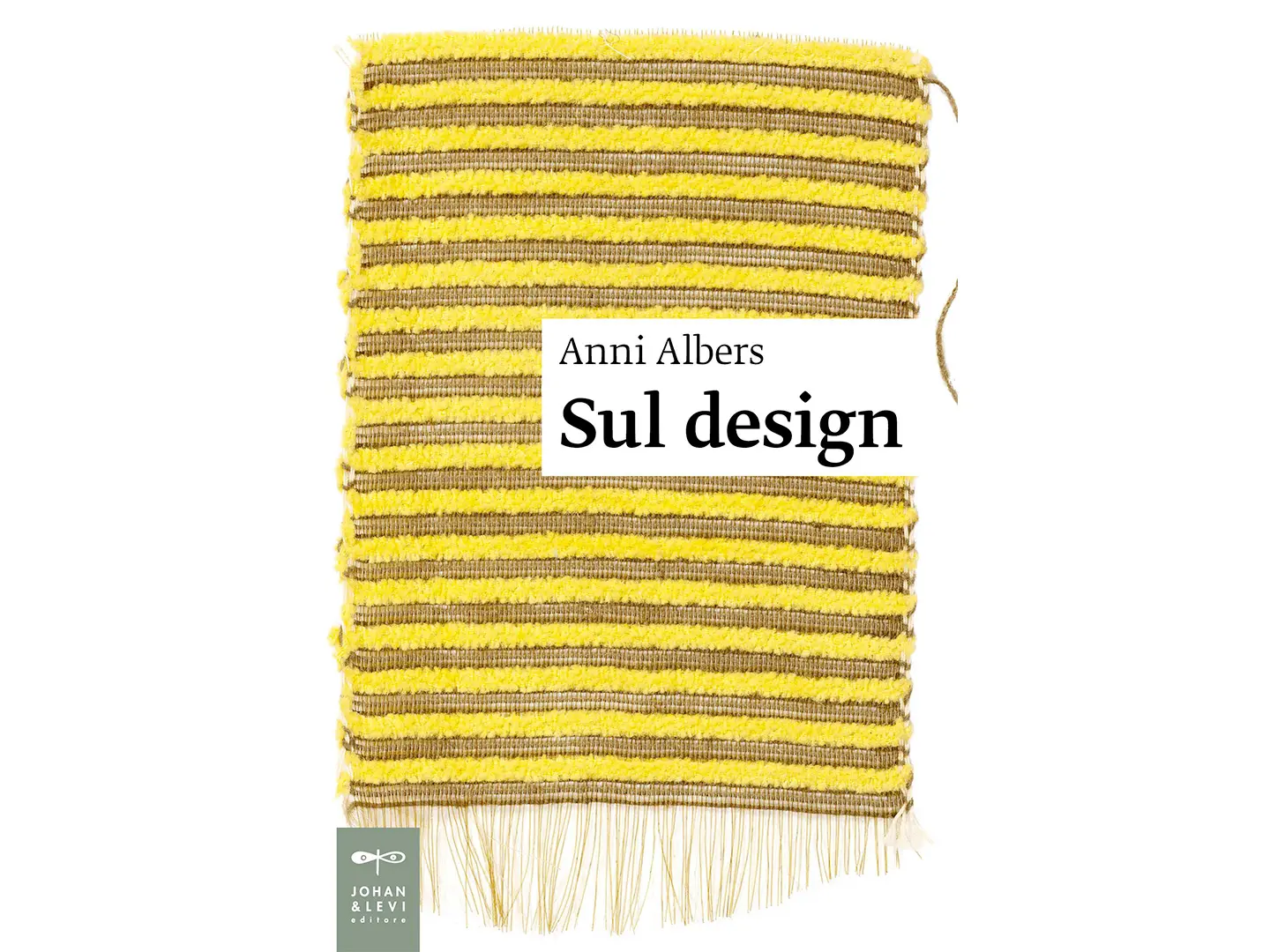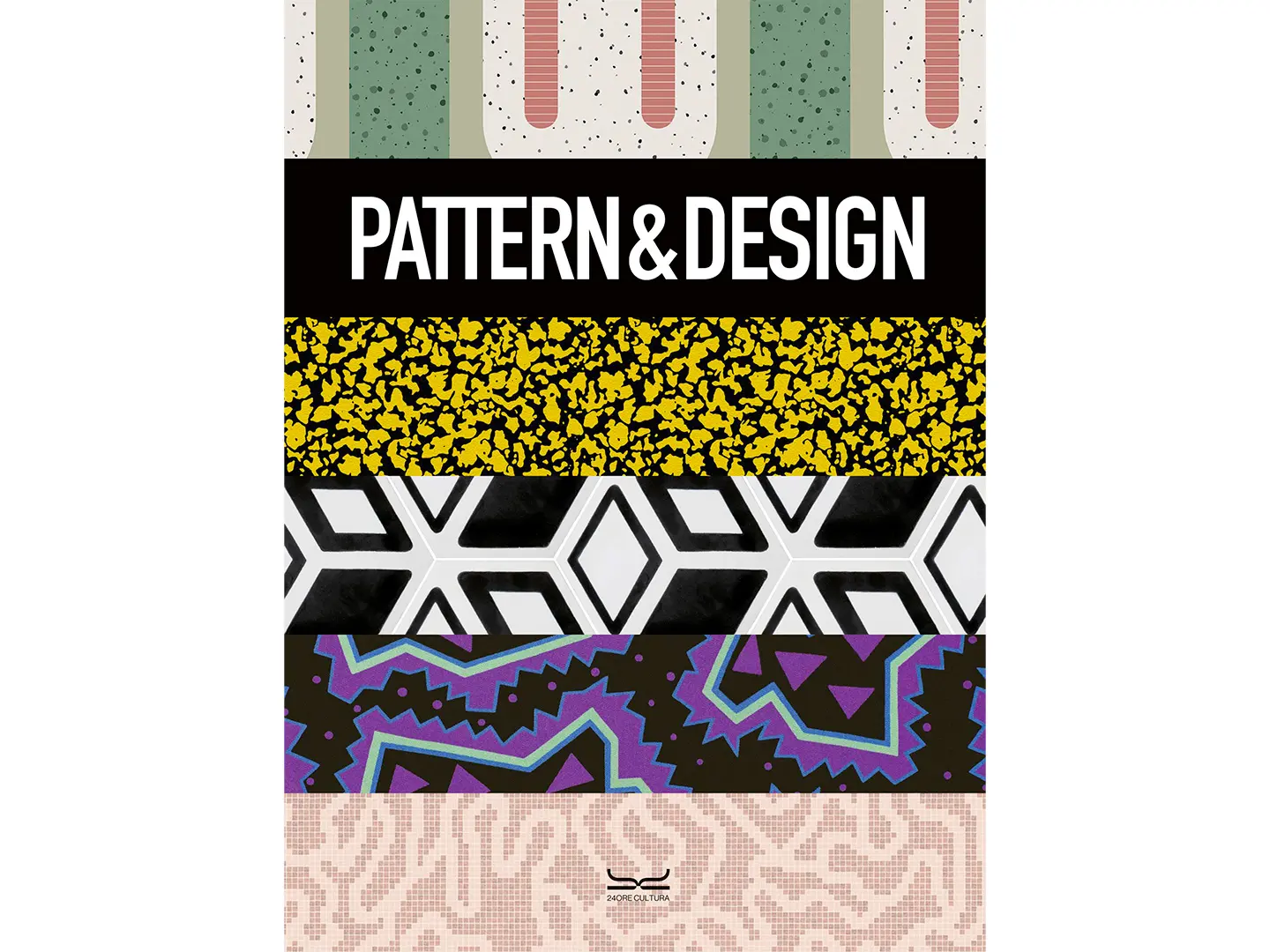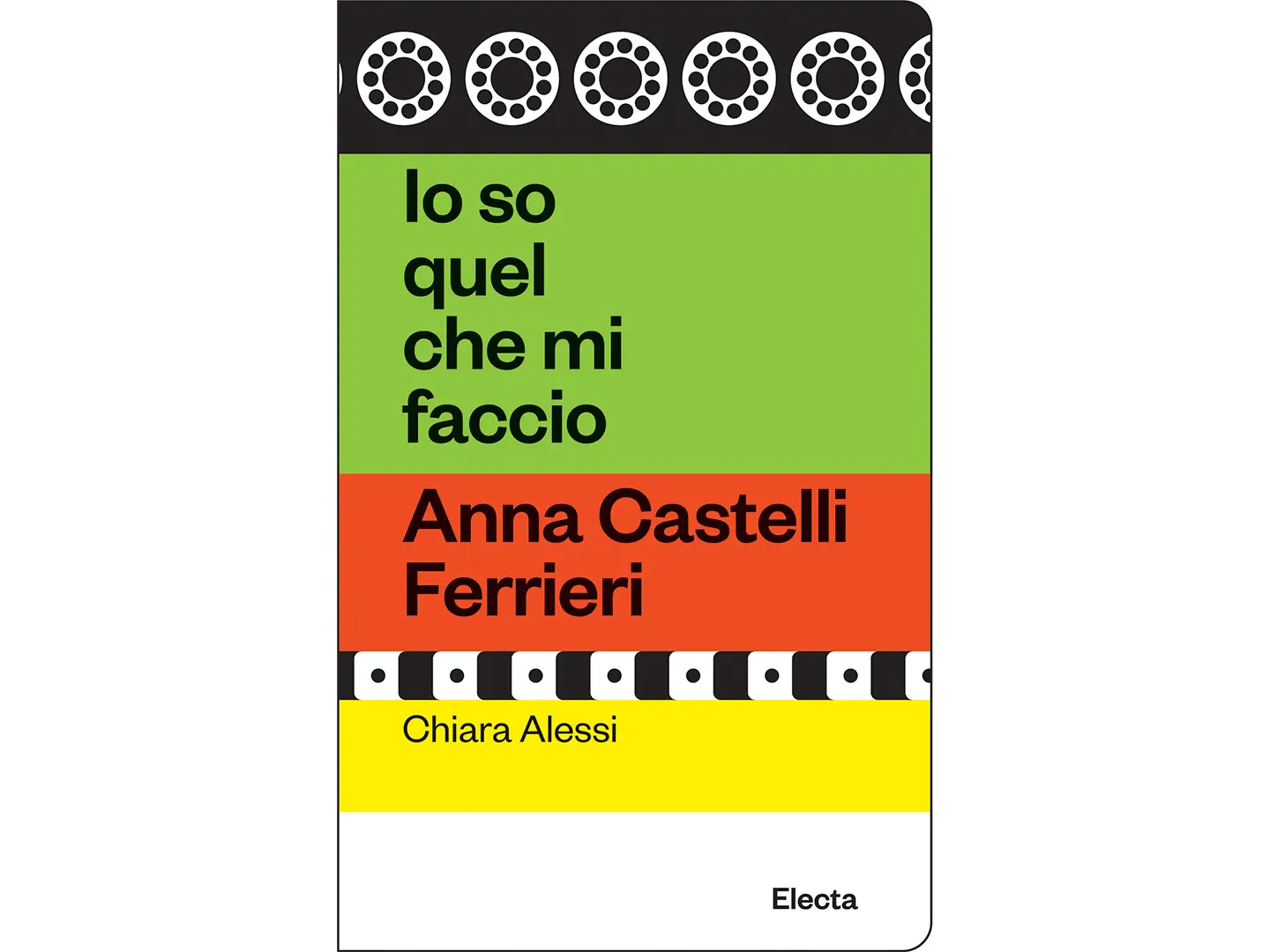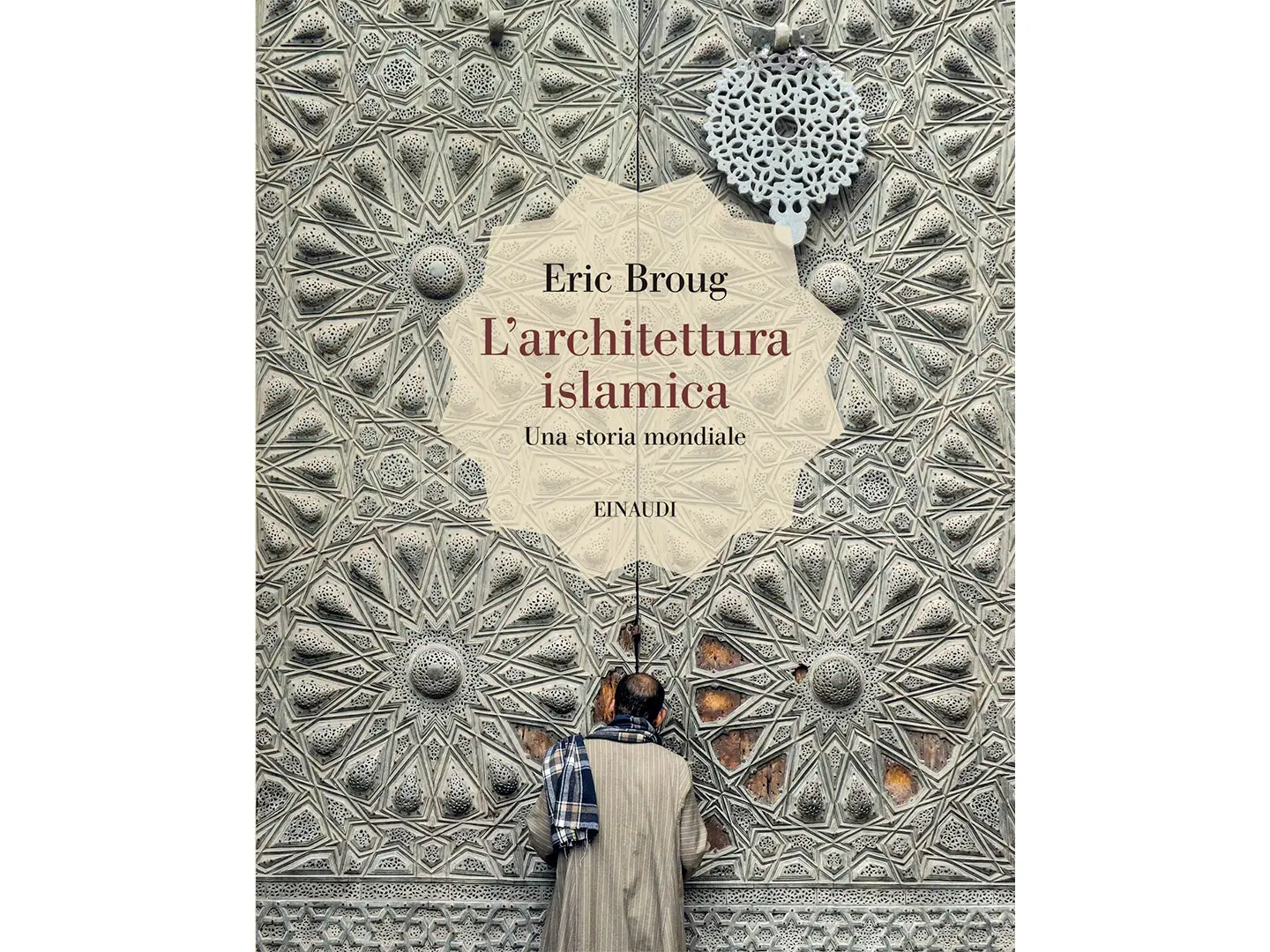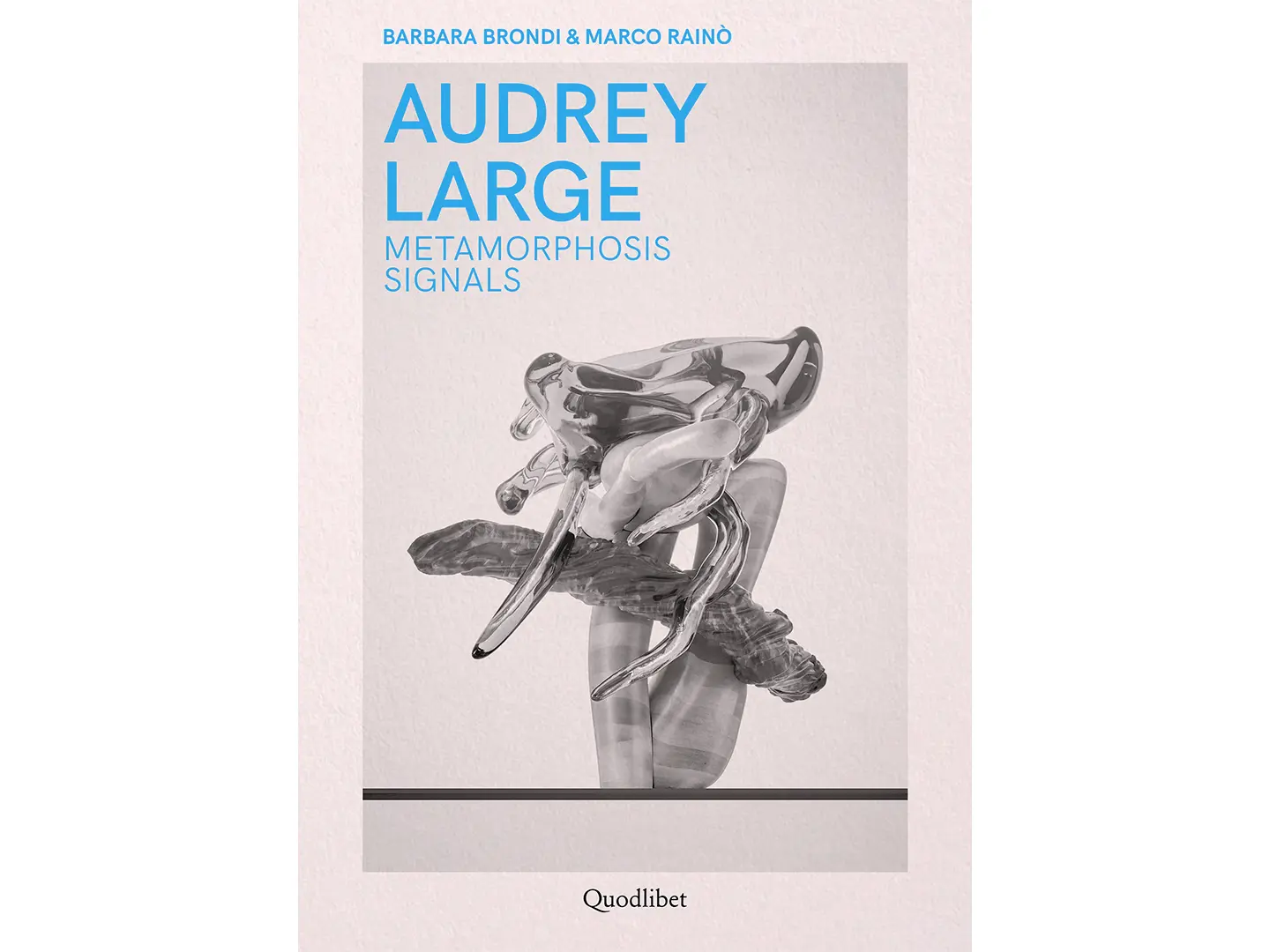From BIG to David Chipperfield, Frank Gehry to Snøhetta: a world tour of the best buildings set to open in 2026
Ten books on architecture and design issued in 2023
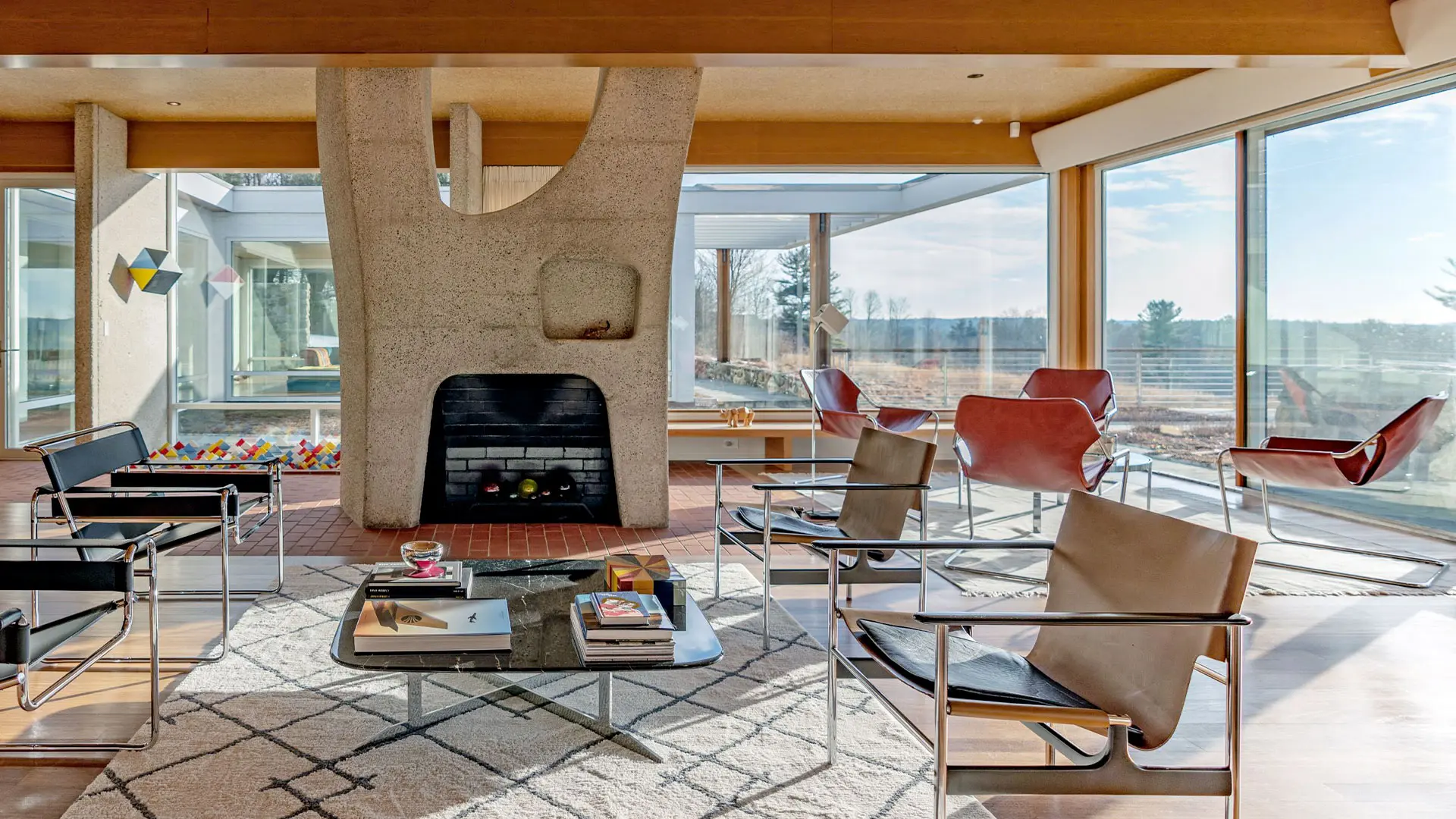
"Bauhaus Style", published by Assouline - Ph. Mark R. Madonna
Monographs, illustrated volumes, essays for all design and architecture enthusiasts: a selection of (must-have) titles published this year
Here are the recent months’ most interesting books: from biographies and writings by pioneers of women’s design to an account of the “Bauhaus style”, an exploration of Brutalist Italy and an investigation of the emotional relationship between people and space conducted by two award-winning documentary filmmakers
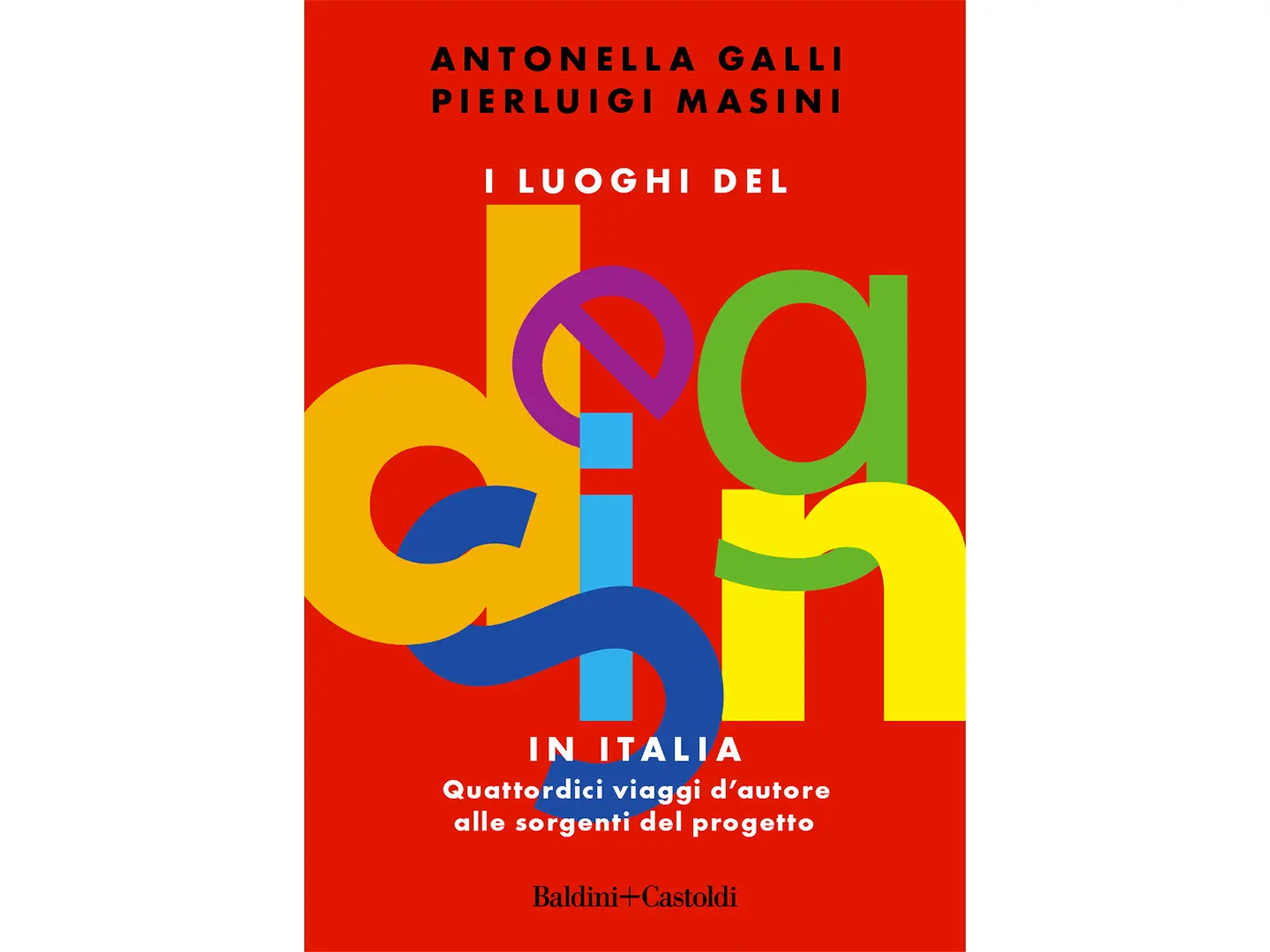
“I luoghi del design in Italia” by Antonella Galli and Pierluigi Masini, published by Baldini + Castoldi
The work of Antonella Galli and Pierluigi Masini, both long-time journalists, starts from an observation: Italy is the world’s largest design museum, a huge multi-site gallery in which coexist exhibition spaces, whether public or corporate, studio homes of famous designers and emblematic projects. In an essay that reads like a novel, the two authors accompany the curious reader to discover the roots of Italian creativity through fourteen stages, from the Parco dei Principi hotel in Sorrento designed by Gio Ponti in 1960 to the ADI Design Museum in Milan, where the winners of the Compasso d’Oro dialogue with the present.
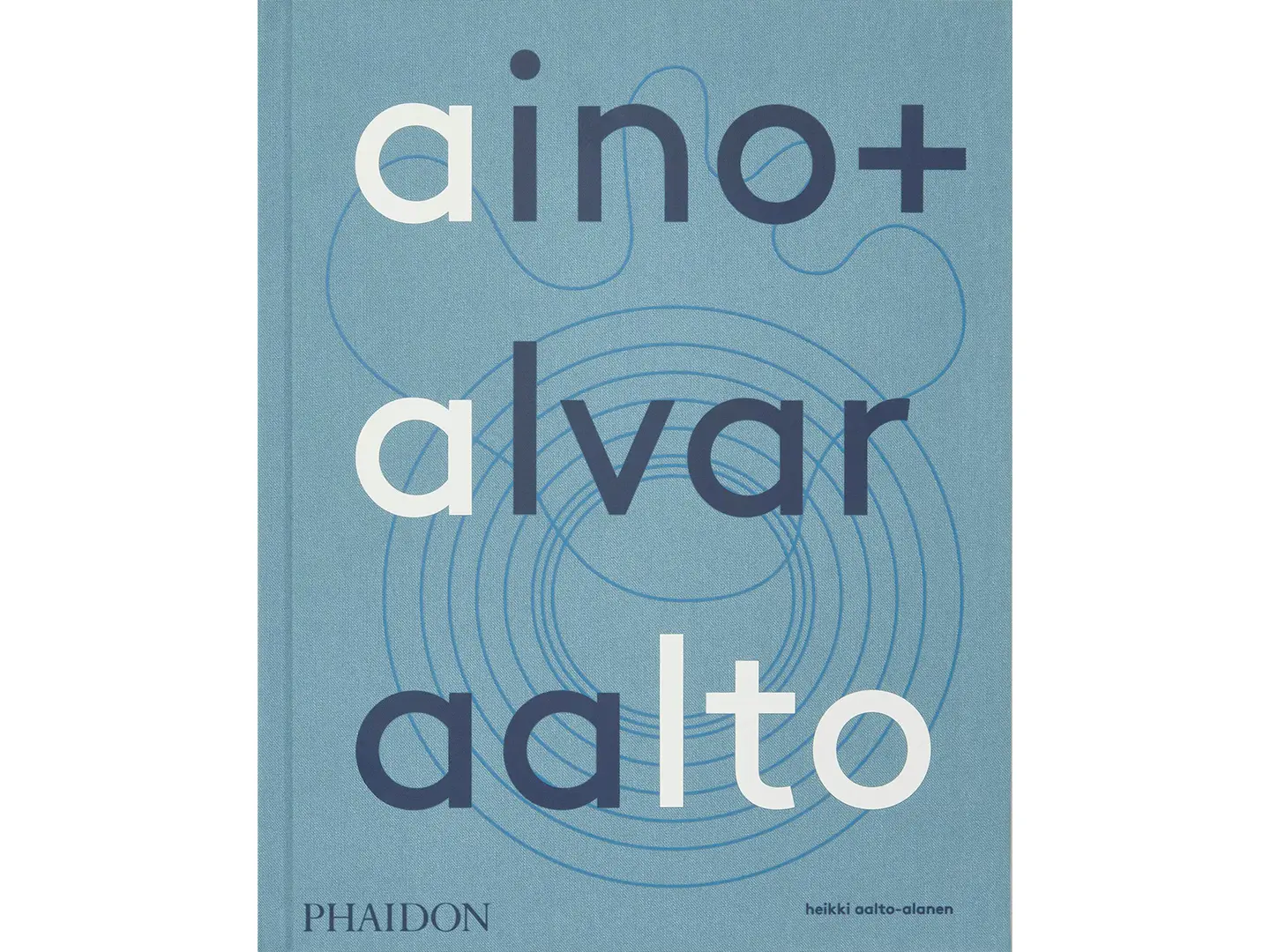
“Aino + Alvar Aalto: A Life Together” by Heikki Aalto-Alanen, published by Phaidon
Rivers of ink have already been written about Alvar Aalto and his architecture. And for some years now his wife Aino Marsio, an architect and designer herself and one of the founders of Artek with her husband and friends Maire Gullichsen and Nils-Gustav Hahl, has also begun to receive the editorial attention she deserves. This volume, however, edited by the couple’s grandson Heikki Aalto-Alanen, has the merit of focusing on the more private aspect of their partnership and recounting it through their voices. At the center of the story is a collection of private letters found in a trunk in the attic of Riihitie House, the Aaltos’ celebrated studio-home in Helsinki.

“Brutalist Italy” by Roberto Conte and Stefano Perego, published by FUEL
There is a postcard Italy, dotted with Greco-Roman ruins and Renaissance and Baroque architecture with a reassuring charm. And then there is another Italy, that of the “washing machines” of the Pegli 3 housing complex, Kenzo Tange’s block-shaped buildings and other experimental reinforced concrete structures from the second half of the 20th century in the four corners of the Peninsula. Interesting structurally, they are more difficult to pigeonhole in the categories of “beautiful” and “ugly”. Architectural photographers Roberto Conte and Stefano Perego traveled over 20,000 kilometers, from north to south, and their black and white shots document some eighty examples of Italian Brutalism: a movement with different features from its North European counterparts, from its duration embracing the eighties to the incorporation of elements of the past.
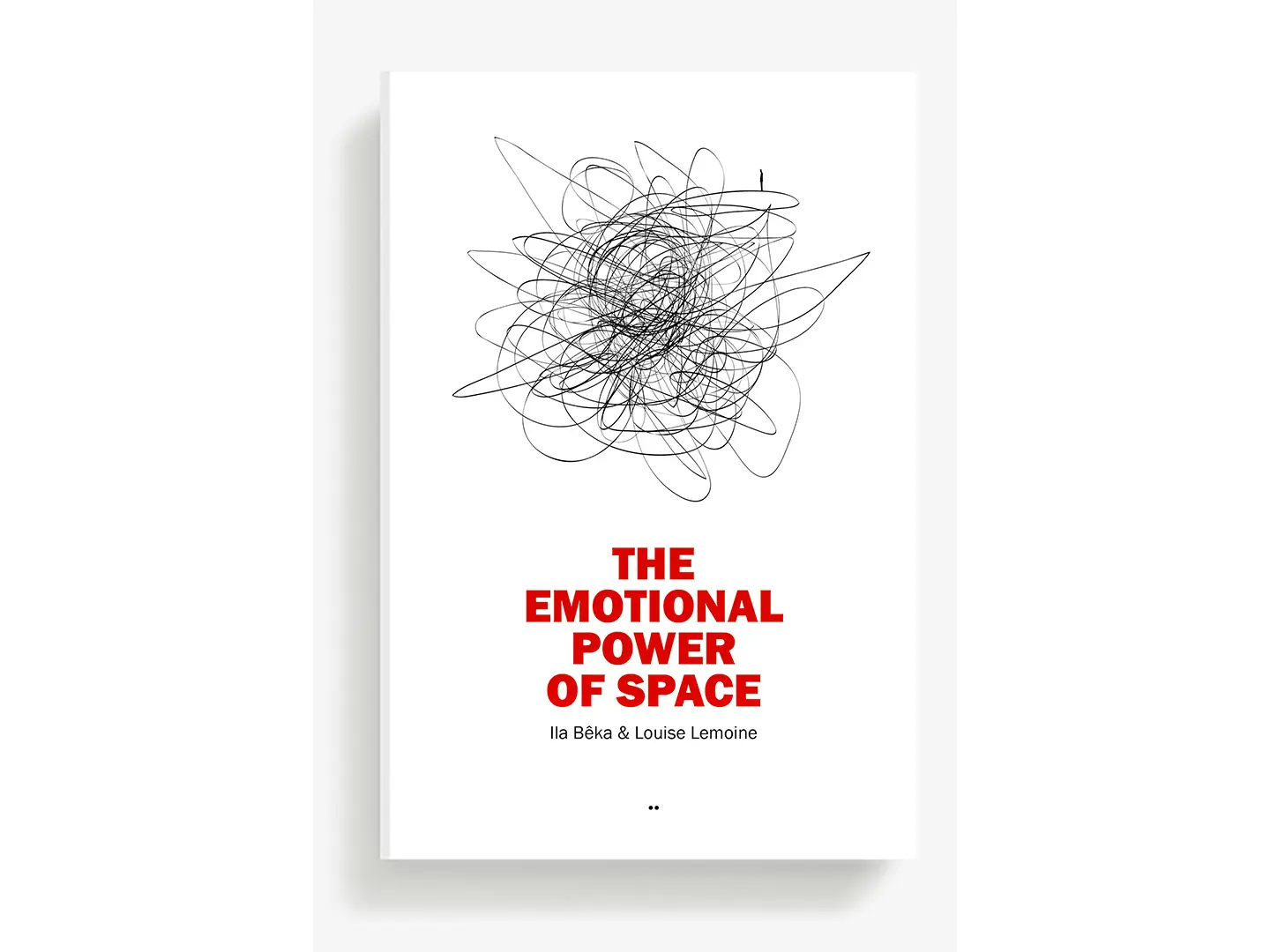
“The Emotional Power of Space” by Ila Bêka and Louise Lemoine, published by Bêka & Partners
Bêka and Lemoine’s work moves on the boundary between cinema and architecture and deals with the use of public space (for example in the cities of the world, at the center of their investigation in the Homo Urbanus cycle) and private space (in houses designed by great architects such as Rem Koolhaas’ Villa Lemoine or Ryue Nishizawa’s Moriyama House). For the first time, the documentary duo presents not so much their projects as their vision, in a book produced and marketed directly, without relying on a publisher. The Emotional Power of Space brings together twelve conversations with twelve architects interested in architecture and the relation between people and the environment, from Álvaro Siza to Jacques Herzog, via Bijoy Jain and Anne Holtrop.


 Salone Selection
Salone Selection
